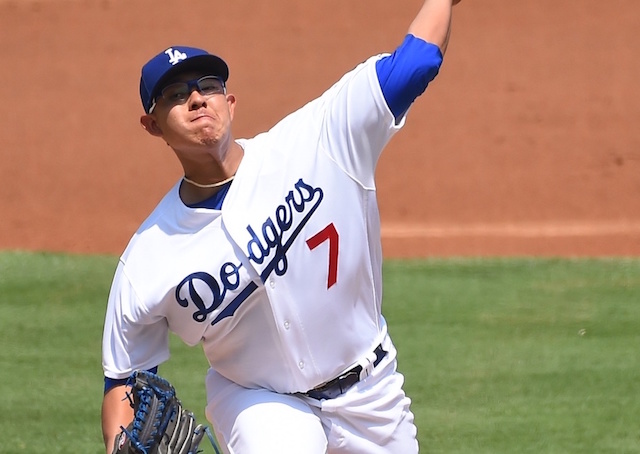Shohei Ohtani’s recent contract with the Los Angeles Dodgers has captured the baseball world’s attention for its headline-grabbing figures and its sophisticated financial engineering. The Japanese superstar, celebrated for his unparalleled pitcher and hitter skills, is set to earn $70 million annually on a 10-year contract. However, due to the nuances of the Competitive Balance Tax (CBT) calculations in Major League Baseball (MLB), his contribution to the Dodgers’ payroll for CBT purposes is effectively just under $29 million for the current season.
As Bob Nightengale of USA Today detailed, this financial strategy highlights the intricate planning MLB teams engage in to manage their payroll while maintaining competitive teams. Ohtani’s deal is particularly ingenious. It provides him $2 million upfront each year, with the remaining $68 million deferred. Such structuring significantly reduces the immediate CBT impact on his substantial salary. Initially, it was speculated that Ohtani’s presence on the Dodgers’ payroll would equate to a CBT hit of around $46 million annually. The reality is considerably less burdensome for the Dodgers, demonstrating the team’s strategic insight in navigating the complex landscape of MLB financial regulations.
Beyond the immediate fiscal implications, Ohtani’s contract has broader historical and competitive significance. Before adjustments, speculation was that his contract might surpass Max Scherzer’s with the Mets regarding the highest average annual value (AAV) in MLB history. Instead, the recalculated figures place Ohtani as having the 15th-highest AAV for the current season. This adjustment showcases the Dodgers’ financial ingenuity and highlights the evolving nature of contract negotiations in professional baseball.
Ohtani’s early performance with the Dodgers has been promising, delivering critical hits and showcasing his value on the base paths. However, his transition to the team has been somewhat overshadowed by an MLB investigation into a betting scandal linked to his former translator and wire payments from Ohtani’s bank accounts. While details of the investigation are still emerging, the situation adds a layer of complexity to Ohtani’s inaugural season with the Dodgers.
Despite this, his focus remains on contributing as a designated hitter (DH) throughout 2024, with a return to pitching anticipated in 2025 following elbow surgery. This dual-threat capability is much like an MLB parlay builder, which makes Ohtani a unique asset whose value exceeds his calculated impact on the Dodgers’ CBT payroll.
The MLB’s probe into the betting scandal involving Ohtani’s bank account reflects the league’s ongoing efforts to maintain the integrity of the sport. While specific outcomes of the investigation are pending, it serves as a reminder of the challenges and scrutiny faced by high-profile athletes in today’s sports landscape.
Ohtani’s contract with the Dodgers symbolizes the sophisticated strategies MLB teams employ to optimize their financial and competitive positioning. By effectively managing their payroll within the constraints of the CBT, the Dodgers have secured a marquee talent in Ohtani at a cost that enhances their ability to build a competitive roster. This approach underscores the critical importance of financial management in professional sports, where the strategic allocation of resources can influence a team’s success both on and off the field.
In conclusion, Shohei Ohtani’s signing with the Los Angeles Dodgers represents a significant development in MLB, both from a sporting and financial perspective. The innovative structuring of his contract reflects the Dodgers’ commitment to maintaining a competitive edge through intelligent financial planning. As the season progresses, the impact of Ohtani’s presence on the team’s performance, coupled with the resolution of the betting scandal investigation, will be closely watched by fans and analysts alike.










